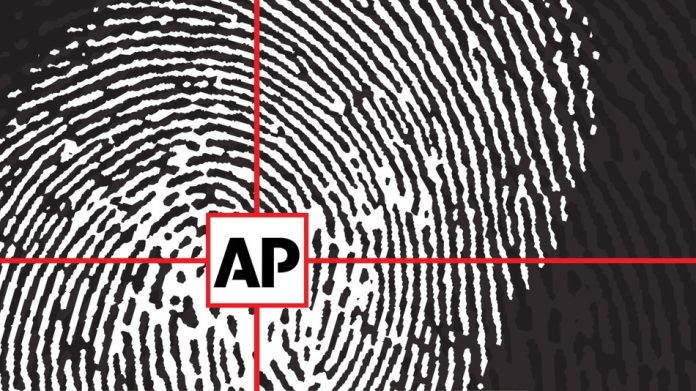The FBI Impersonated a Journalist and That’s Kind of a Big Deal
An FBI agent tells an anonymous suspect online that he is a reporter with the Associated Press. He sends a link to a fake news story, and the suspect clicks. The trap is set, and a 15-year-old accused of making bomb threats is captured.
FBI Director James Comey acknowledged the sting in a letter published in The New York Times on Thursday. Comey wrote:
Relying on an agency behavioral assessment that the anonymous suspect was a narcissist, the online undercover officer portrayed himself as an employee of The Associated Press, and asked if the suspect would be willing to review a draft article about the threats and attacks, to be sure that the anonymous suspect was portrayed fairly.
The FBI had perviously acknowledged the use of a fake AP story, which agents had tricked the suspect into clicking. It then downloaded malware that led authorities to the person’s location.
That had already caused a stir among journalists. The news that the FBI had gone as far as impersonating a journalist escalated the case dramatically.
AP Executive Editor Kathleen Carroll said she was blindsided by the revelation that the FBI had gone as far as impersonating a reporter from the media outlet. She said the AP had no contact with the FBI concerning the sting, and has not heard from them since on the matter.
(Below) Kathleen Carroll
 Carroll added that she understood the motivation for the FBI’s misrepresentation, but that the impersonation of a journalist threatens the trust that is necessary for the organization to do its job.
Carroll added that she understood the motivation for the FBI’s misrepresentation, but that the impersonation of a journalist threatens the trust that is necessary for the organization to do its job.
“I have to assume that they chose to represent themselves as a reporter from the Associated Press because it was a credible and believable organization,” she said. “In making us part of a deception, it took a little bit away of that credibility.”
A representative for the FBI’s Seattle division declined to comment for this article, but referred to a statement by Special Agent in Charge Frank Montoya Jr. that said in part, “Use of that type of technique happens in very rare circumstances and only when there is sufficient reason to believe it could be successful in resolving a threat.”
Even those rare circumstances have been known to turn into issues for journalists. Carroll noted that spies who have posed as foreign correspondents, or journalists who have shared information with intelligence agencies, have made overseas journalists targets even today.
Geoffrey King of the Committee to Protect Journalists echoed these sentiments. He noted that Islamic State militants had already been targeting journalists.
“It puts journalists at physical risk. It harms the integrity of the newsgathering and publishing process. It is a reflection of very poor judgement by the FBI, to say the very least,” he said.
Comey noted that only the suspect was misled as to the identity of the fake AP employee and that no fake story was actually published.
He also said that the operation was, and still is, legal.
“That technique was proper and appropriate under Justice Department and FBI guidelines at the time. Today, the use of such an unusual technique would probably require higher level approvals than in 2007, but it would still be lawful and, in a rare case, appropriate,” he wrote.
Despite the claims of legality, Carroll said the AP was exploring its options as to how to proceed. It has already filed a letter of protest to Attorney General Eric Holder.
“The actions taken by the FBI in this case inflict a very serious harm, and raise issues that need to be addressed promptly by the Department,” wrote AP general counsel Karen Kaiser.
Have something to add to this story? Share it in the comments.







